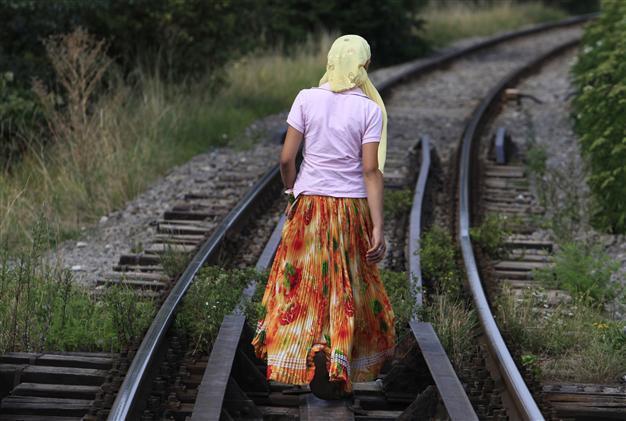Turkish governor’s office equates Roma with robbery
ANKARA – Radikal

REUTERS Photo
The Bursa Governor’s Office has raised a storm of controversy by openly accusing the northwestern province’s Roma population of “earning their livelihood with robbery, pickpocketing, drug trafficking and mugging” in an official letter to the Turkish Parliament.
A citizen living in Bursa issued a petition to the Parliament’s petition commission asking for “a solution to the problems that began with the Roma’s arrival in their neighborhood after urban transformation started in the city.”
“After the demolition in the Roma’s neighborhood, our life has become unbearable. We are exhausted by the daily fights and the firing into the air of our new neighbors, the Roma. Drug-trafficking is being conducted right on the corner in front of everyone,” the citizen wrote in the petition, adding that security forces were aware of the situation.
The Parliament’s petition commission took the issue onto its agenda, asking for more information on the matter from the Bursa Governor’s Office.
The report from the governor’s office said the Roma had been living in the city’s Osmangazi and Ebu İshak neighborhoods and that their houses had been demolished by the Bursa Metropolitan Municipality as part of an urban transformation plan.
The Roma then moved to the Elmasbahçeler, Demirtaşpaşa, Kayhan, Yeşil, Selimzade, Hacıseyfettin and Meydancık neighborhoods following the demolition.
The municipality said the studies they conducted showed that “most of the Roma people living in the mentioned neighborhoods had no profession or craft to earn their lives in legal ways and hence they have been making ends meet by committing crimes as robbery, pickpocketing, drug trafficking and mugging.”
Elsewhere, daily Evrensel has reported that Roma children were put into a separate class at Mustafa Kemal Elementary School in the northwestern province of Çanakkale at the start of the school year.
Some 13 children were taken to a “special class” while regular classes had nearly 25 students in each.
